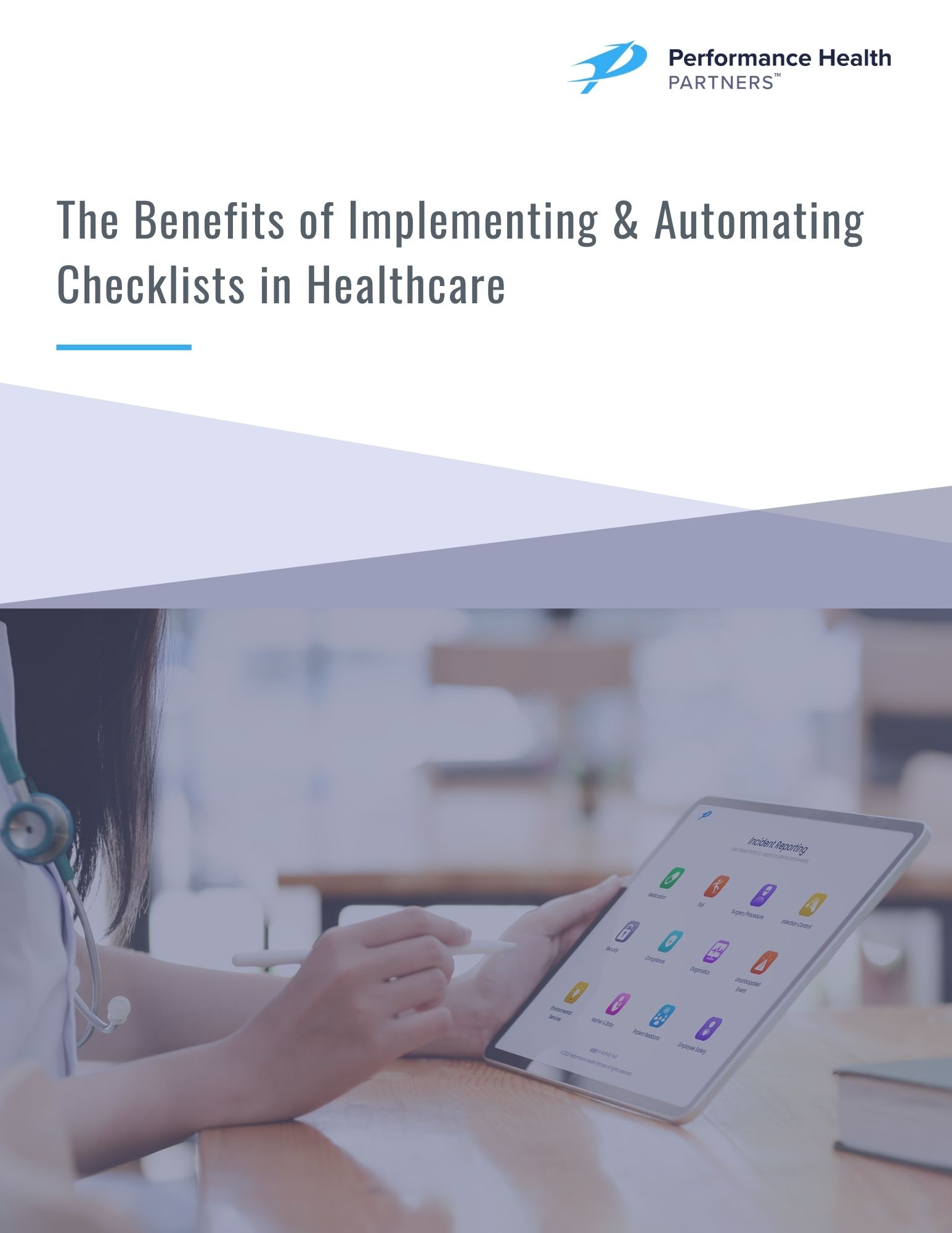Checklists are powerful tools to standardize work processes and create independent checks.
The checklist approach has been championed in the aviation industry since the 1980s as a method to enhance safety and reduce risk. When preparing for a flight, pilots use a multi-step checklist to confirm that the flight course, weather patterns, radio set-up and other runway information have all been considered to ensure the safest flight possible.
Implementing safety protocols like checklists helped establish an atmosphere of trust where essential safety information could be shared openly and, in every instance, learned from. Where accountability—in the absence of punishment or humiliation—became the norm. Today, the risk of fatal injury on a U.S. commercial carrier is so low that being afraid to fly is a little like being afraid to go to the supermarket because the ceiling might collapse!
Similarly, well-designed checklists with high compliance of use can result in more efficient and effective medical practice that improves patient safety, quality of care, and financial benefits for healthcare organizations.

